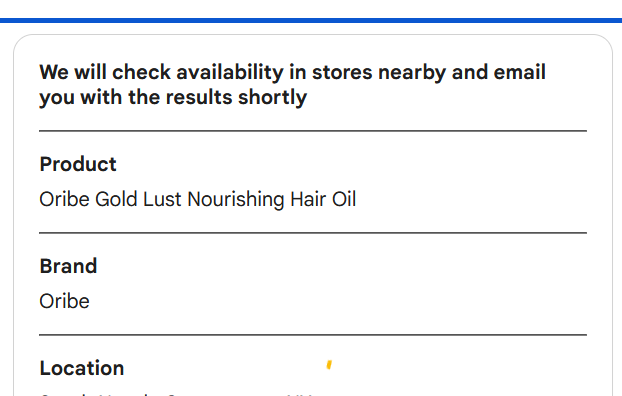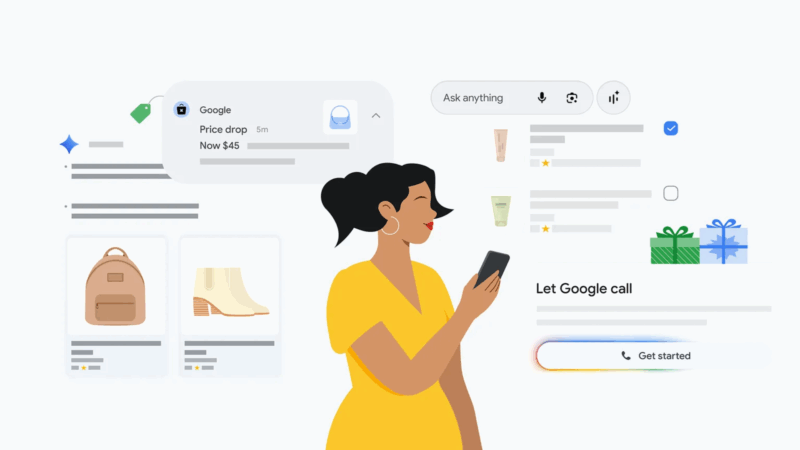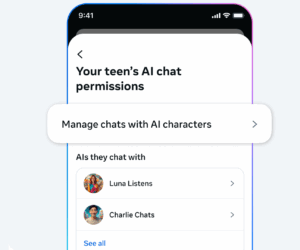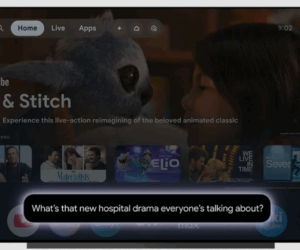Google has big plans for your holiday shopping, specifically a new set of AI tools designed to make it less stressful. The tech giant has filled its platform with AI-fueled ways to find and buy products. So, I decided to give them a test by looking for a gift for my wife.
Fancy haircare products always come off well. I had one in mind, the Oribe Gold Lust serum. It’s a haircare gift set that radiates opulence, but I was willing to be persuaded by other ideas. I figured if the new tools could shepherd me through buying a luxury haircare set without the usual annoyances, it might actually be worth trusting AI with other holiday gifts.
AI Mode conversation

Traditionally, shopping in Google Search feels like trying to climb a wall while being bombarded by sponsored products. You can get the product you were looking for, but I’ve rarely used it for more than price checks. But Google promised that shopping in AI Mode would be a more conversational and coherent experience.
I opened AI Mode and asked for a fancy haircare gift set for my wife. Immediately, I had four luxury options, including the Oribe Gold Lust set right at the center.
I was impressed that it showed so much information at once, including current prices from multiple retailers updated in real time via the Shopping Graph, along with reviews and differences between the available Oribe bundles. It was certainly a lot faster than scrolling a long list of haricare products, though it’s worth taking any curation, human or AI, with a grain of salt.
Agent on the job
There’s a whole other layer to AI Mode’s shopping guide. When you select a product, you’ll see underneath a button to ‘Track Prices.’ As it suggests, you can set price boundaries, and the AI will keep watch over the product. When it hits your threshold at an eligible merchant, Google sends you a note. Then, if that merchant supports the option, an AI agent will make the purchase for you.
I specified my target price, for experimental purposes, I set it to where it already was, and gave Google my permission to see about buying the item. If I were to do all my holiday shopping this way, I’d want to have as few steps as possible.
It took several hours, but I received a note about the hair oil from Google and was asked if I wanted to purchase it. As a test, I said yes, and Google opened a checkout page with all my details filled in. I didn’t want to actually make the purchase at that moment, but if I had confirmed the item, shipping address, and payment method, it would be on its way to me now.
Check-in call

Not all of Google’s new AI shopping features are in AI Mode. If you use regular search for certain kinds of products, you’ll see an interesting option to ‘Let Google Call.’ Tap on that button, and you won’t have to wait for an online order or face the frustration of a store not having what you’re looking for. Google’s AI will call around to stores near you and check.
I had to answer a few questions about which Oribe product I wanted and indicate my location. Then it was just a matter of confirming my email address, and off the request went.
If Google using AI to call stores sounds familiar, that’s because the tool uses an updated version of the same Duplex technology that Google has used (to mixed reviews) for years. About half an hour later, I had an email waiting with a list of nearby beauty and health stores and a summary of what they had said about the products’ availability.
The information was more reliable than anything I could have scraped together through online listings alone. And, importantly, there was no extra effort on my end. I now had a clear roadmap for where to buy locally if I wanted instant gratification.
The entire test left me with a sense of relief. Real holiday shopping, where you’re juggling preferences, budgets, authenticity concerns, and stock limitations, has always been a kind of seasonal part-time job. This experiment showed me a relatively pain-free alternative. AI Mode helped find the gift, and agentic checkout could remove the chaos of trying to catch a sale at the exact right moment. Or i could ask Duplex to call around and find a local source.
In other words, Google’s AI was taking up the most annoying or tedious aspects of buying things, while still leaving room for me to make a decision on what to get and how.
If AI tools can actually adapt to how people want to shop and assist without making it feel like they’re taking over the process, I feel a little optimistic about the future of shopping.
Follow TechRadar on Google News and add us as a preferred source to get our expert news, reviews, and opinion in your feeds. Make sure to click the Follow button!
And of course you can also follow TechRadar on TikTok for news, reviews, unboxings in video form, and get regular updates from us on WhatsApp too.

The best business laptops for all budgets








